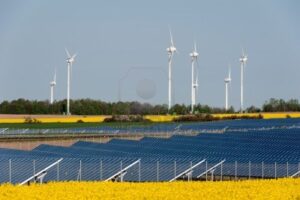Renewable Energy Auctions
A new study has come out with results that we at Greenworldinvestor already knew of and have propagated through our columns. The research by Climate Policy foundation says that auctions are the most cost effective way to increase the deployment of green energy, after going through the results of 20 auctions around the world. Solar energy auctions have been immensely successful in India having cut the solar tariffs by half from Rs 12/kWh, to around Rs 6/kWH in the last auction. This has made solar electricity prices one of the cheapest in the world. Reverse auction template has been copied across most state governments in India and are now being used for coal mine auctions as well. The coal mine auctions have also resulted in a major windfall for the government in terms of royalties and revenues.
The only problem with reverse auctions in Indian infrastructure is that corporate groups bid irrationally low and don’t complete the projects on time. This has occurred in major road and thermal power projects. These groups use debt from government owned banks to fund these projects, putting little of their own equity. Winning the auction is important as it allows to raise debt. Many infra projects have turned bad, due to the corporate behavior. Indian bankruptcy laws are also not that great, which allows promoters to escape without getting punished for their bad decisions.
Thankfully the same situation has not happened in solar energy, as the crash in solar equipment prices allowed developers to develop the projects though their bids were very low. Nowadays, larger developers are bidding rational prices for solar power projects through reverse auctions. The ROE for projects are in the normal 15% range, which is good for the government and the developers.
The research also says that risks such as payment security, clearances, land acquisition and electricity transmission should be better managed and done by the government to improve the chances of project completion. Many of these issues have become a big hindrance across large infra projects. Wind Energy capacity should also be done through auctions in my view. Currently a fixed feed in tariff has prevented sharp competition amongst wind energy developers. This has allowed the ROEs on wind farms to be better than solar farms. Using auctions will introduce more competition and lower the tariffs for wind energy as well.





